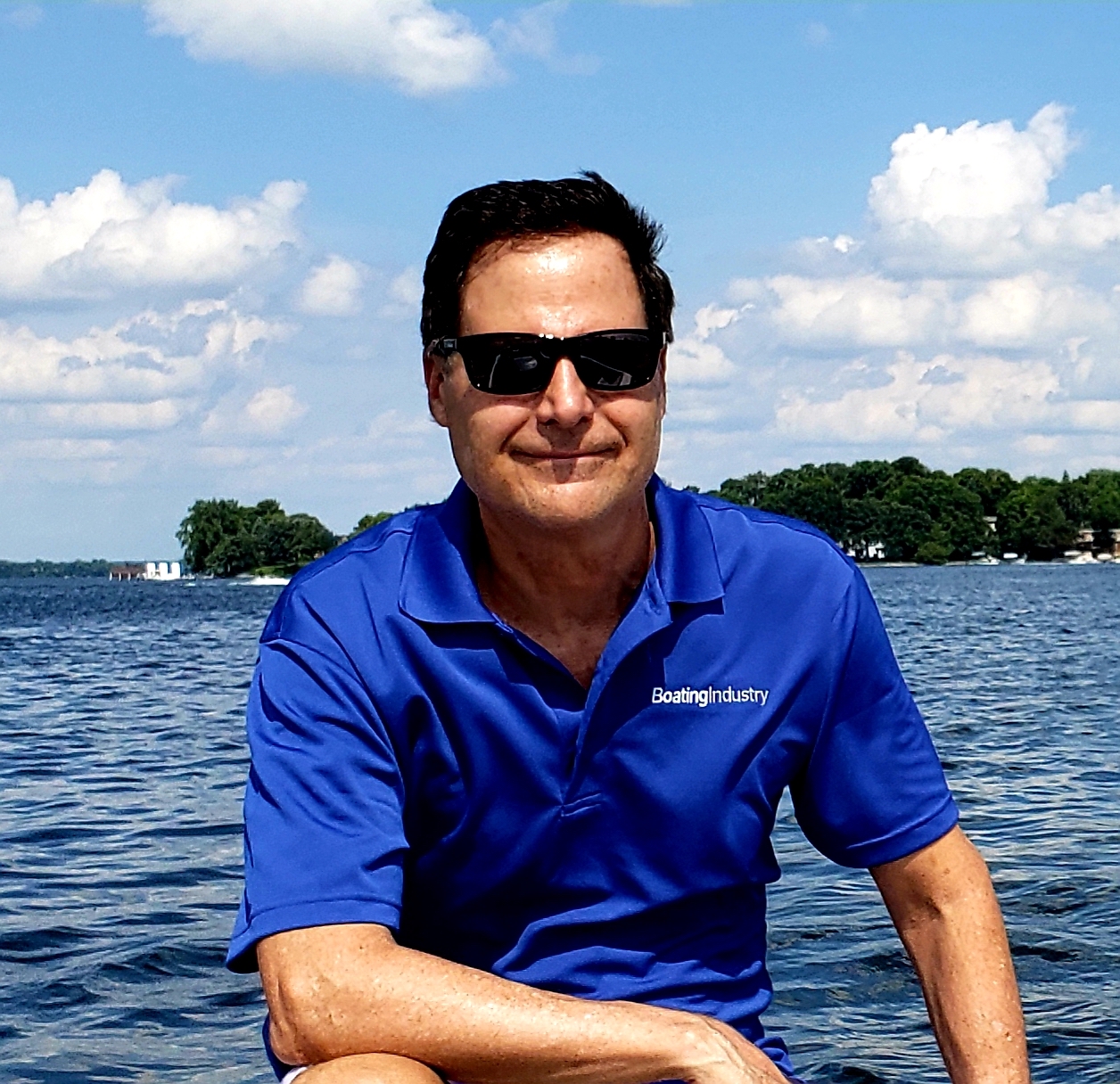No compromises when it comes to clean water

By David Gee
When you are in the water, or on the water, recreating in any form, how much do you think about how clean that water is? Despite what I do for a living, how many invasive species articles I read and how many community water quality discussions I report on, I have to admit I kind of take clean water for granted. I shouldn’t. We shouldn’t.
A couple of weeks ago we took our boat to a 3,000-acre lake about 45 minutes west of where we live. We don’t use that lake much. It’s circular in shape and often too wind-blown for watersports. However, with temps in the mid to high 90’s, we figured most of the more popular lakes would be packed.
They had invasive species inspectors examining every boat going in or out, and even had a decontamination station set up for more serious cases.
We breezed through the inspection, got the boat on the water, and went to the side of the lake that we thought would offer some protected shorelines from the gusty wind.
And we weren’t alone. There were tubers, surfers and even three other boats pulling water skiers around this same little corner of the lake.
When we staked out a spot to surf and ski, my wife was the first to notice how weedy this area of the lake was. It looked like Eurasian milfoil, an aquatic weed that began invading dozens of popular Minnesota lakes back in the early 90’s, choking the water with a dense green glop. The weed has plagued lakes and inland waterways from Florida to British Columbia for decades.
Neither one of us wanted to go in the water particularly, so we went to an area of the lake that was less weedy, less crowded, and a lot windier. As a result, we cut the watersports portion of our day short.
Compare and contrast this experience to one we had over the 4th when we brought our boat up north and launched on a pristine resort lake. As soon as we got on the lake we all noticed how white our wake and prop wash were. There wasn’t a hint of brackishness or color. After skiing, wakeboarding and surfing, we threw the anchor out, and with 15 or 20 feet of rope out, could see it perfectly wedged into the sandy bottom. The water was just so inviting. It made you want to jump in. And we appreciated how clean it was.
So the past couple of days as I read stories about aquatic invasive species, and their harmful impact on the environment and the economy, I do so with a fresh set of eyes and a recently heightened awareness. Water quality is a critical component of our quality of life, particularly if you are a recreational boater. And I want to do everything I can to support clean water initiatives, not only in my own community, but around the country.




